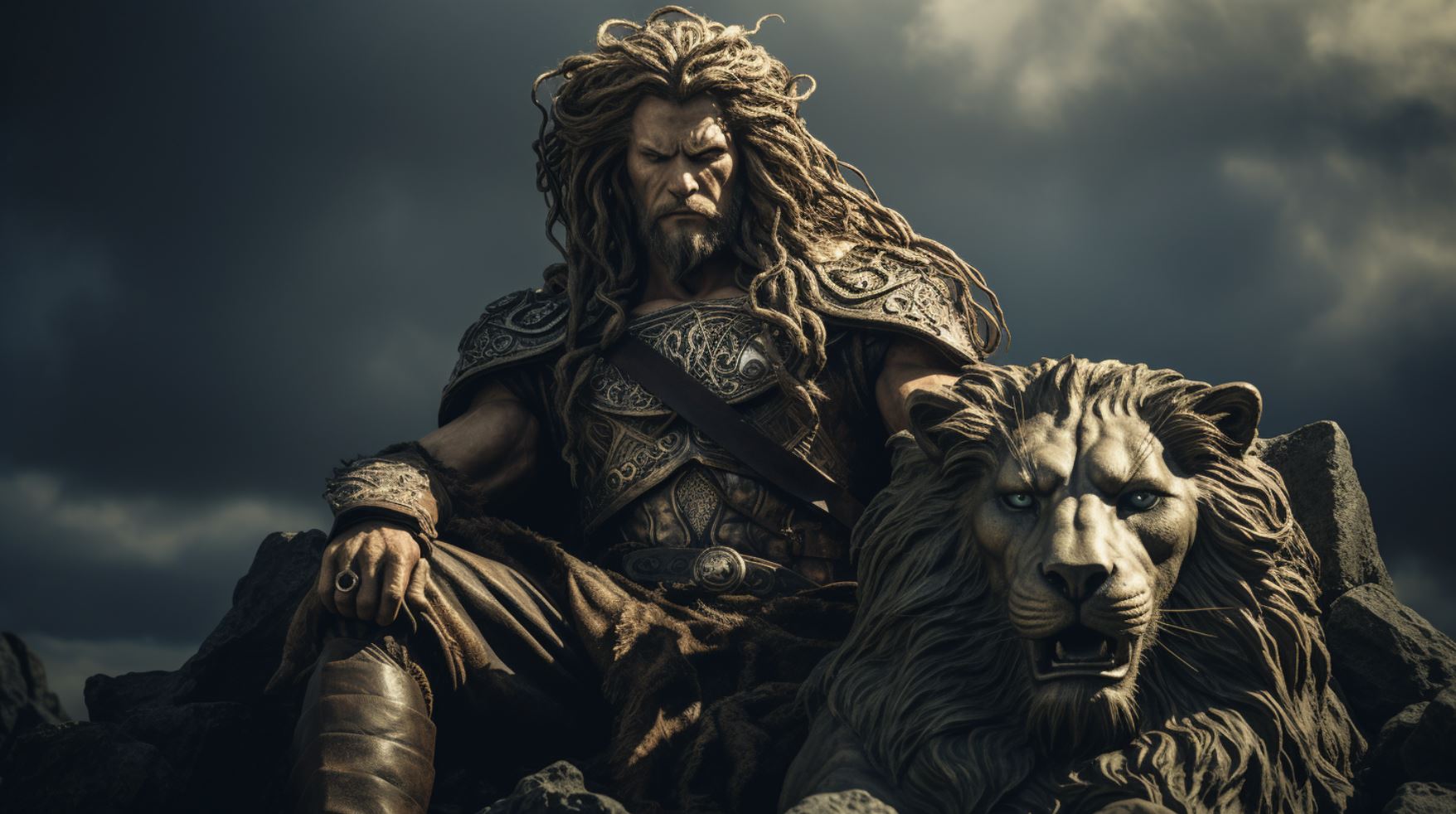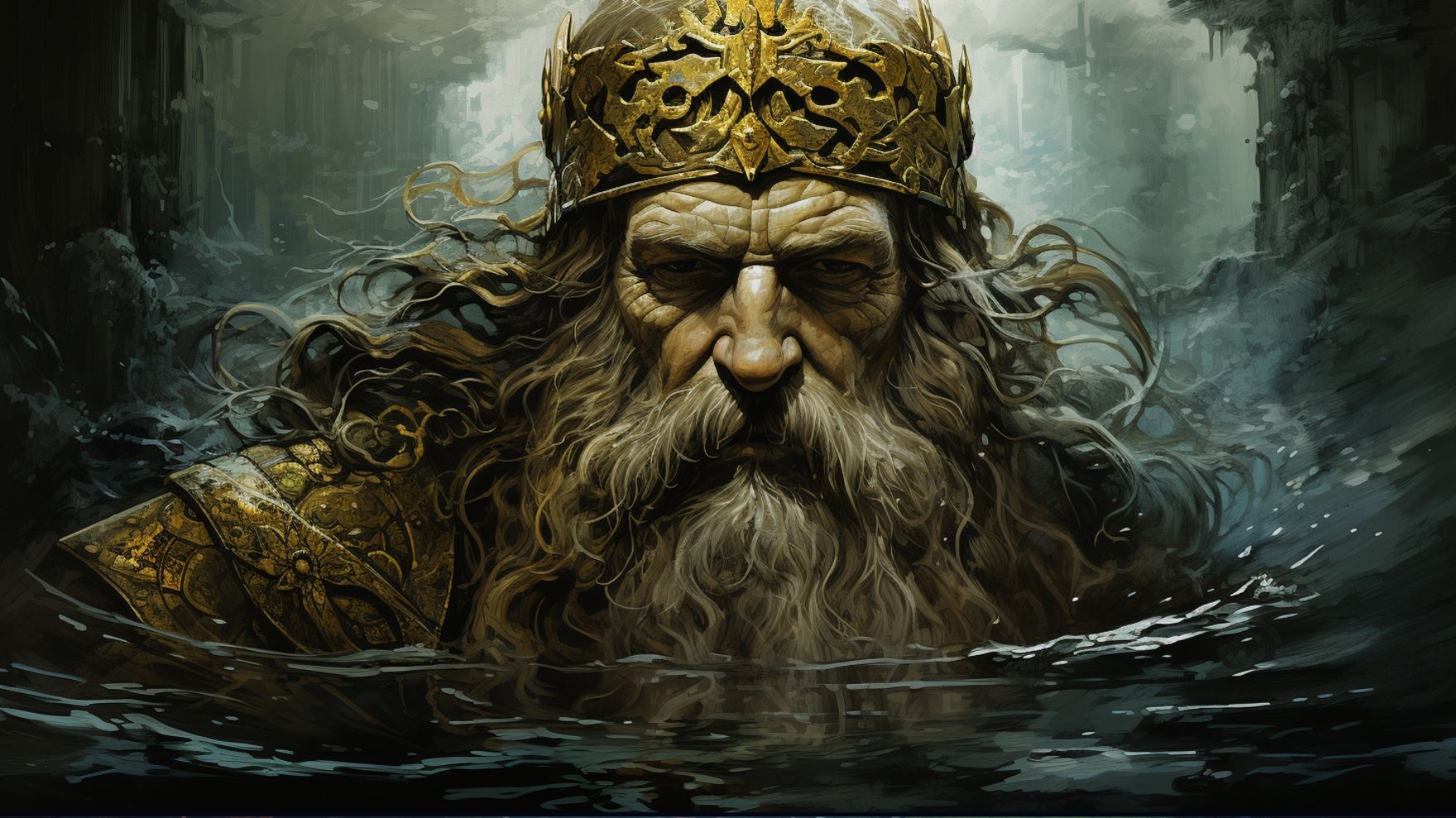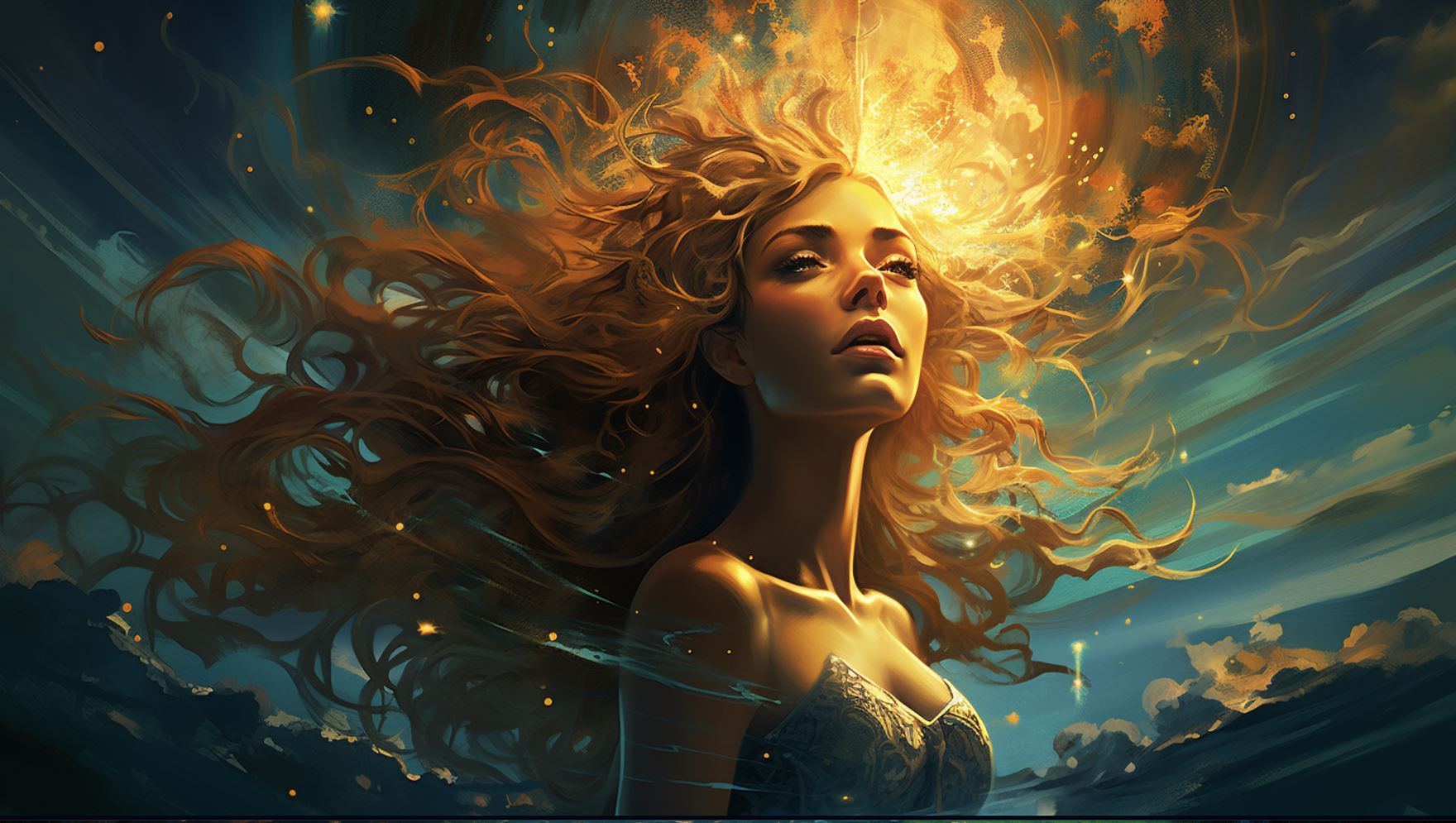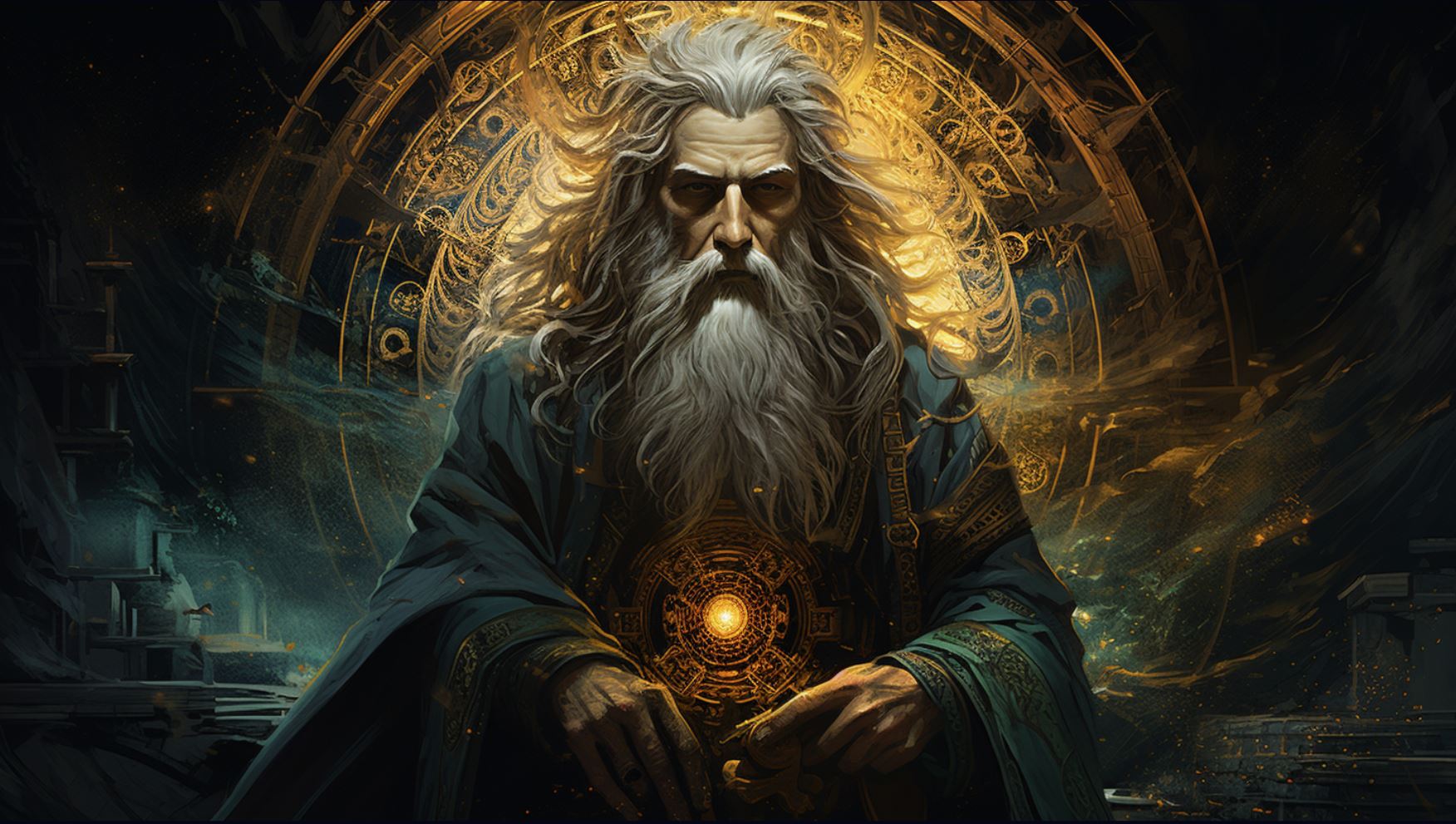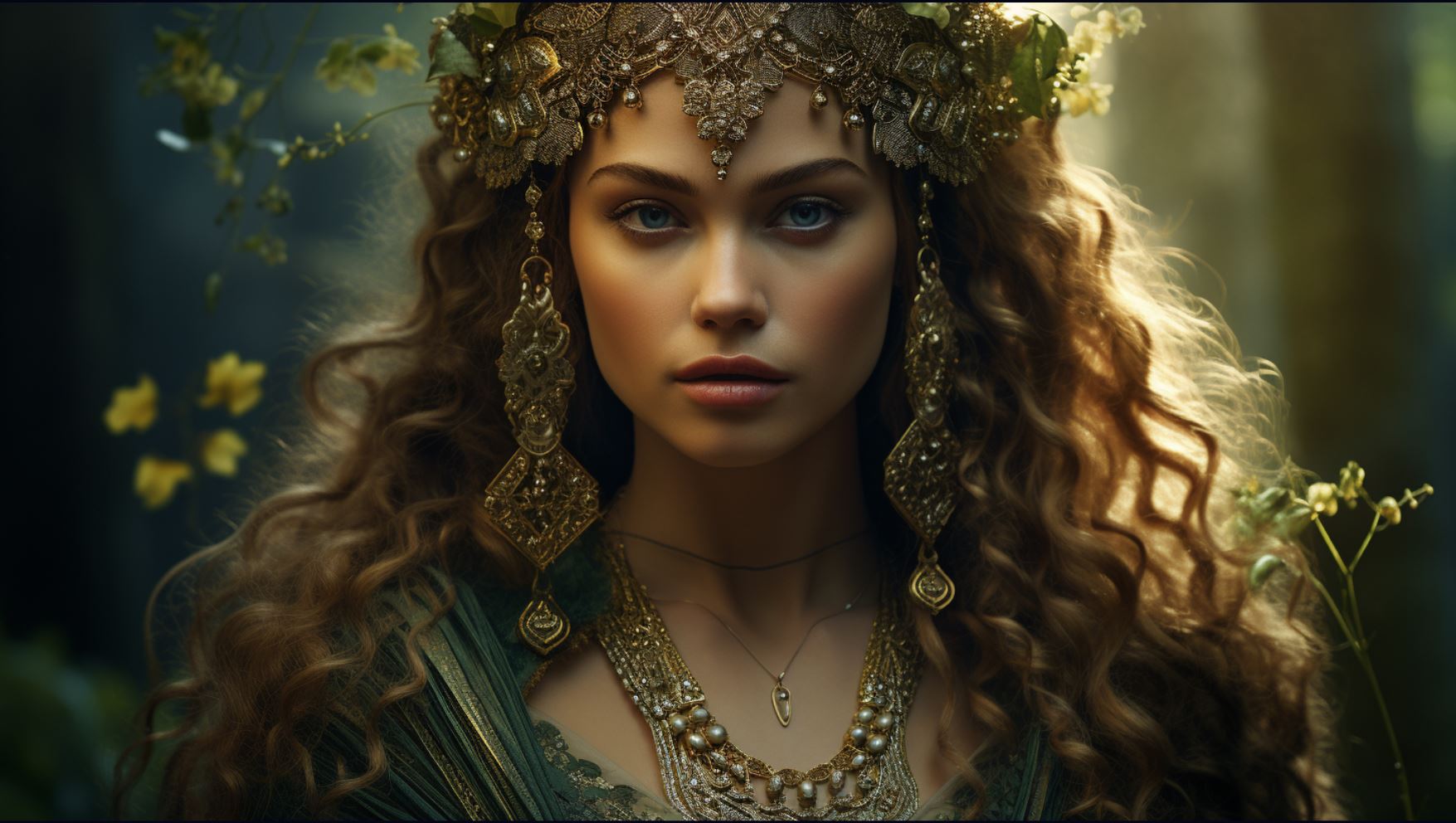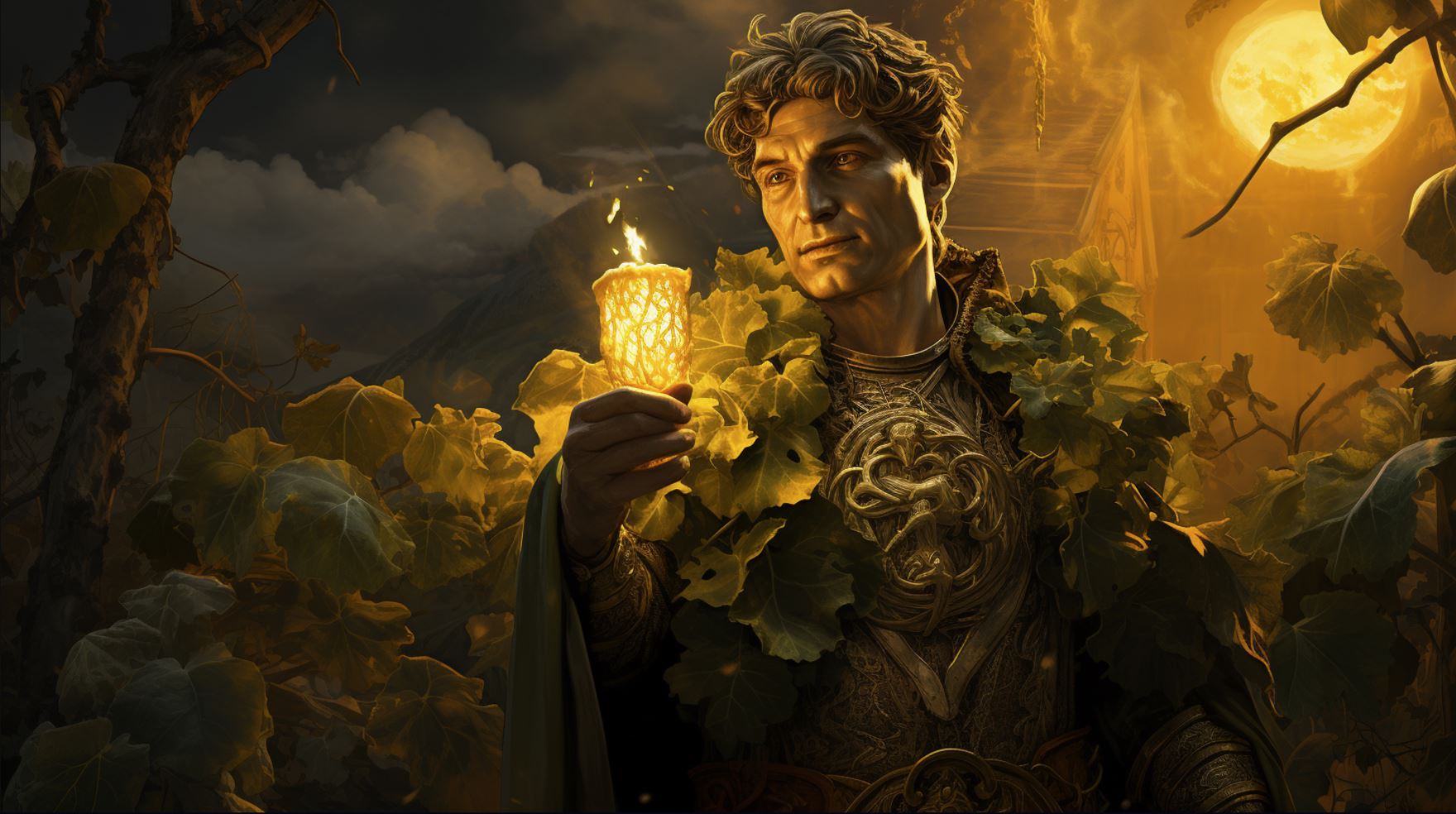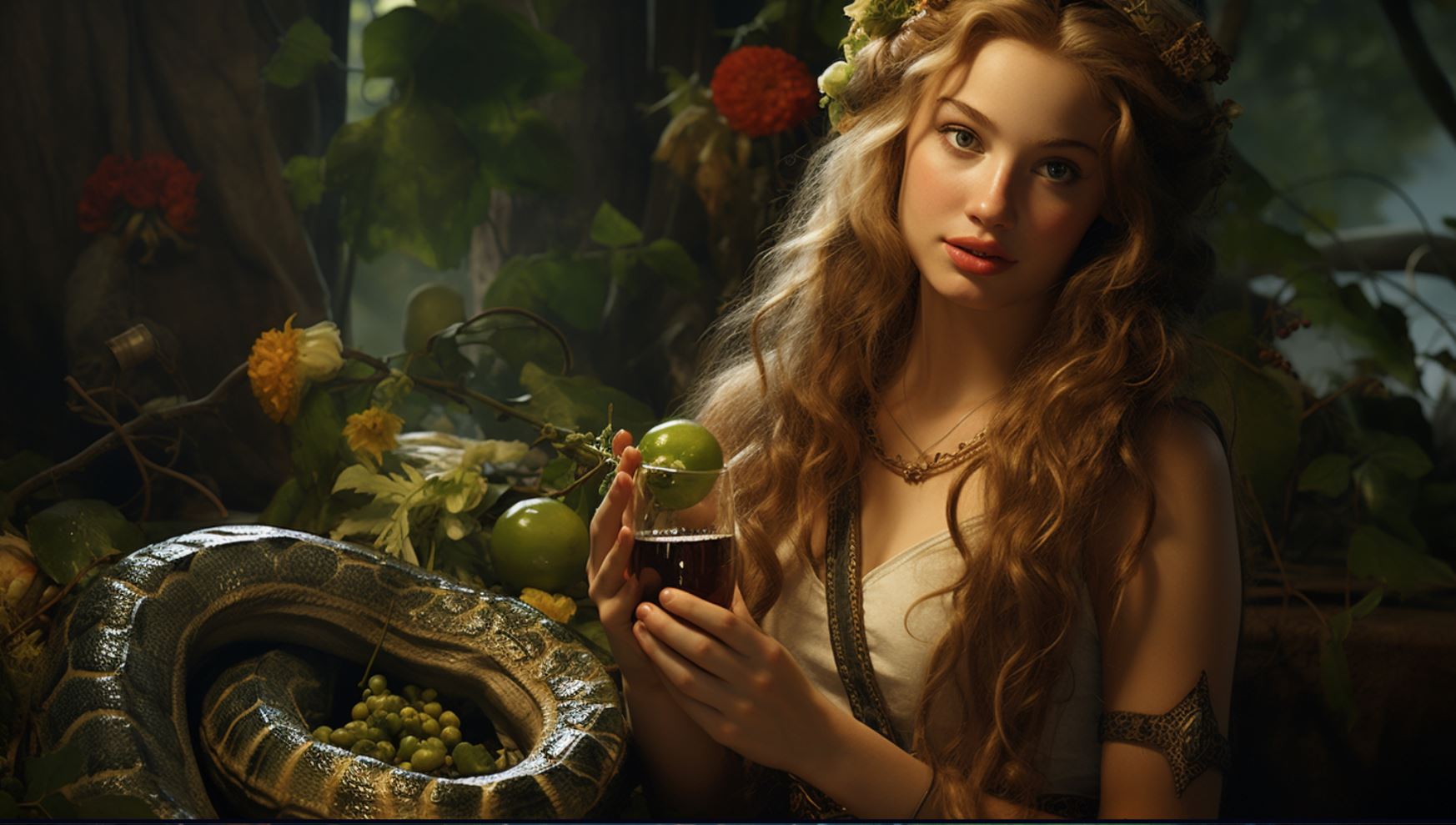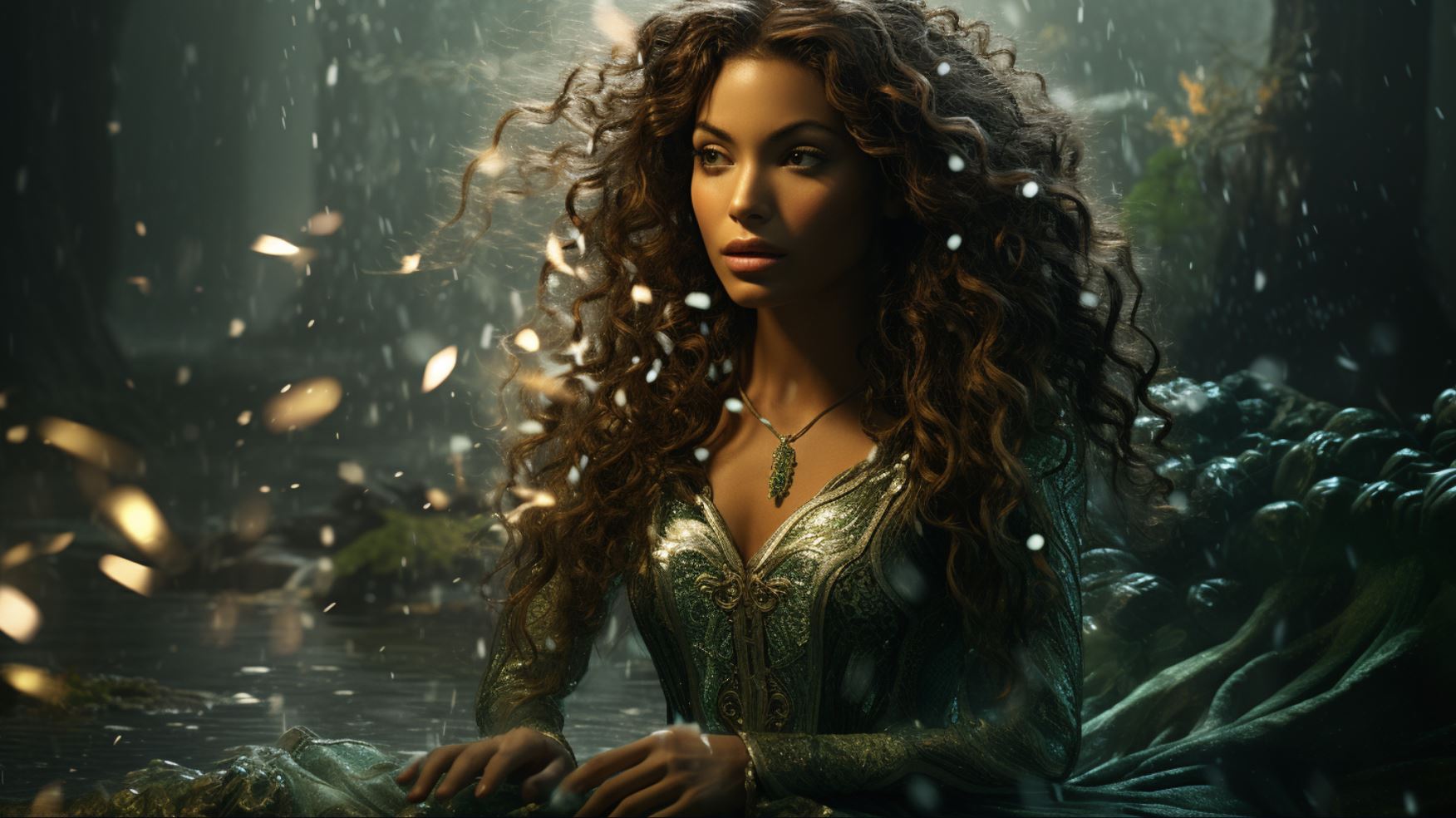Caturix Celtic God: Unveiling the Warrior Deity of Gaul in US Perspective
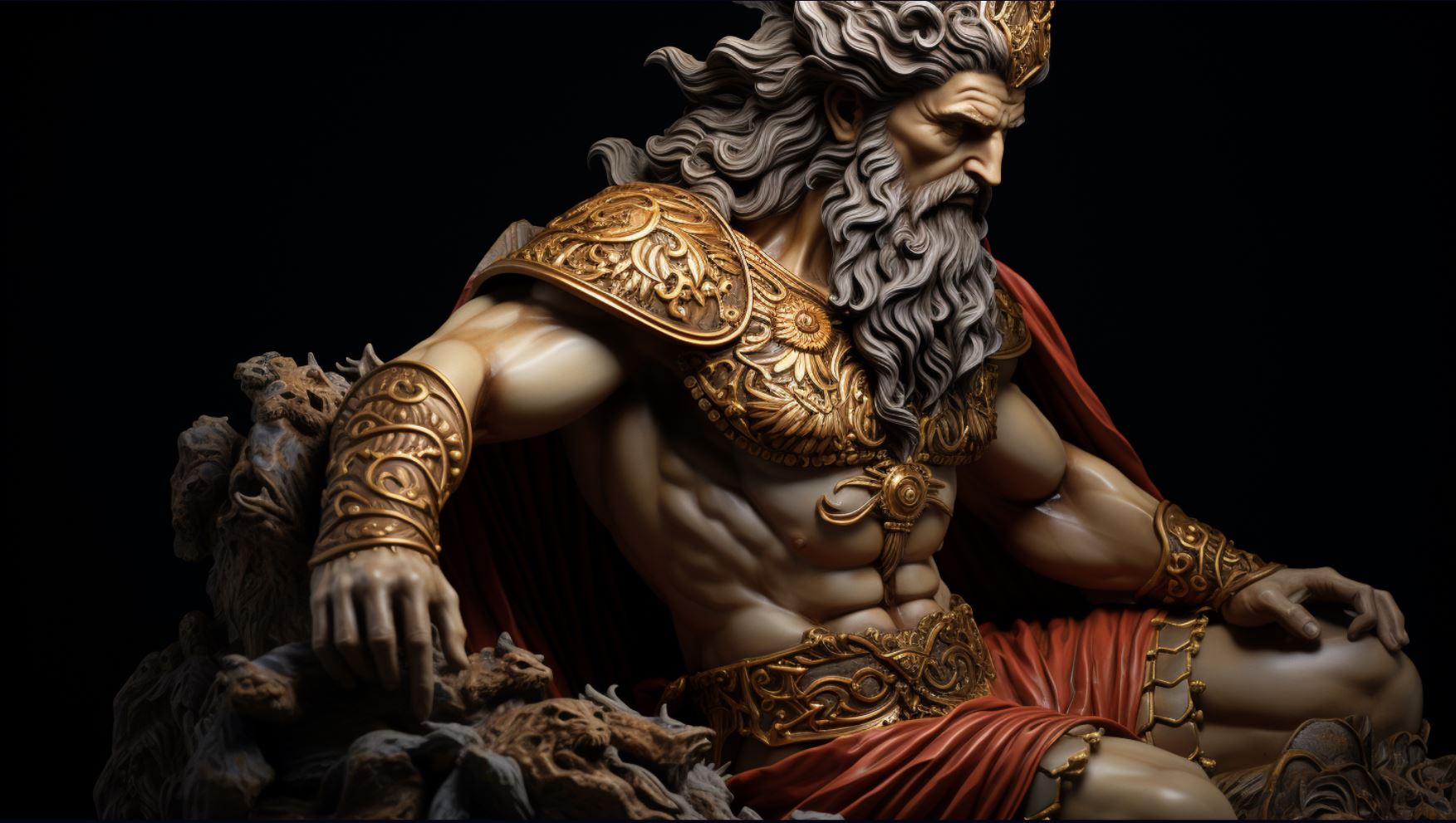
Caturix Celtic God, the revered deity of war in Gaul, holds significant importance in Celtic mythology. This article explores the characteristics, worship practices, and enduring legacy of Caturix.
Discover his role as a war god, depictions in Gaulish art, and the Indo-European influence on his name. Delve into the cult of Caturix, including rituals and offerings, and its impact on the Helvetii tribe and their interactions.
Furthermore, explore modern representations and products associated with Caturix, uncovering the symbolism behind his image. Join us on this journey through the mythological realm of Caturix Celtic God.
Unveiling the Characteristics of Caturix Celtic God
Welcome to the exploration of Caturix Celtic God, a deity shrouded in myth and ancient beliefs. Unveiling the various aspects of Caturix sheds light on his significance in Celtic culture and his role as a powerful war deity.
The Role of Caturix as a War God
Caturix, revered by the ancient Gauls, held a prominent position as the god of war. His name meaning ‘king of battle’ reflects his association with the Roman god Mars. Caturix was invoked by warriors seeking protection and victory on the battlefield.
As the embodiment of warfare and military strength, Caturix played a crucial role in shaping the warrior culture of the Helvetii, an ancient Celtic tribe residing in what is now Switzerland.
Depictions of Caturix in Gaulish Art and Inscriptions
Gaulish art and inscriptions provide intriguing insights into the visual representations of Caturix. Through intricate designs and symbols, ancient craftsmen captured the essence of this war god. Caturix is often portrayed armed and ready for battle, emphasizing his fierce nature and the reverence the Gauls had towards him.
These artistic depictions give us glimpses into the beliefs and rituals associated with Caturix.
The Indo-European Influence on Caturix’s Name and Attributes
The name Caturix bears the influence of Indo-European linguistic roots, serving as a testament to the interconnectedness of ancient cultures. Linguistic analysis reveals similarities with other war deities across various Indo-European mythologies, showcasing the shared beliefs and cultural exchange.
Furthermore, the attributes and characteristics attributed to Caturix draw parallels to similar gods in neighboring regions, highlighting the cross-cultural connections in the worship of war deities.
In conclusion, delving into the characteristics of Caturix Celtic God uncovers his pivotal role as a war deity in Celtic culture.
Examining his depiction in Gaulish art and the Indo-European influences on his name and attributes provides valuable insights into the beliefs and cultural connections of ancient civilizations. Stay with us as we further explore the cult of Caturix and its practices.
The Cult of Caturix and Its Practices
Caturix Worship in Gaul and its Reverence by the Caturiges Tribe
In ancient Gaul, the worship of Caturix held immense significance, particularly among the Caturiges tribe. As the god of war, Caturix was revered for his association with battle and military strength.
The Caturiges tribe, located in the southeast of France, held Caturix in high regard as a crucial figure in their pantheon. They believed that through worshiping Caturix, they would gain his favor and protection in times of conflict.
The tribe held rituals and ceremonies in honor of Caturix, celebrating his power and seeking his divine intervention.
Rituals and Offerings in Honor of Caturix
The worship of Caturix involved various rituals and offerings, although specific details are scant. The ancient Celts held ceremonies to honor their war deity, often consisting of prayers, sacrifices, and symbolic acts representing their dedication to Caturix.
These rituals aimed to invoke his blessings and solicit his aid in battles. Offerings such as weapons, armor, and even captured enemies were presented to Caturix as tributes, demonstrating the Celts’ commitment to pleasing the god of war.
Caturix’s Influence on the Helvetii Tribe and its Interactions with Others
The influence of Caturix extended beyond the Caturiges tribe and encompassed the Helvetii, an ancient Celtic tribe residing in present-day Switzerland. The Helvetii revered Caturix and considered him an integral part of their identity as a warrior tribe.
The cult of Caturix played a significant role in shaping the Helvetii’s outlook and their interactions with neighboring tribes and civilizations. Caturix’s association with war and military prowess formed a core aspect of the Helvetii’s cultural heritage, influencing their strategic decisions and alliances.
In summary,
The worship of Caturix in Gaul, particularly among the Caturiges tribe, was marked by reverence and devotion. Rituals and offerings were conducted to honor the god of war and seek his favor in battles.
Caturix’s influence extended to the Helvetii tribe, significantly shaping their warrior identity and impacting their relationships with other communities. The legacy of Caturix as a powerful deity continues to resonate through history, leaving a lasting impact on the Celtic cultures of ancient Gaul.
Caturix Celtic God in Modern Context
As we explore the realm of Caturix Celtic God in the modern world, we uncover a variety of contemporary products and representations associated with this revered deity. These products serve as a reflection of the enduring legacy and relevance that Caturix holds today.
Contemporary Products and Representations Associated with Caturix
One can find a range of merchandise inspired by Caturix Celtic God, designed to capture his essence and symbolism. These include items such as apparel, accessories, and artwork that feature intricate depictions of the warrior deity.
With their bold designs and attention to detail, these products allow individuals to connect with the power and strength embodied by Caturix.
- Meticulously crafted clothing items showcasing Caturix’s fierce stature and warrior attributes, allowing individuals to embody his spirit in their everyday lives.
- Artistic renderings and sculptures depicting Caturix Celtic God, serving as reminders of his significance in Celtic mythology and paying homage to his role as the god of war.
- Ornate jewelry and accessories adorned with symbols associated with Caturix, providing wearers a tangible connection to his divine presence and invoking his protective qualities.
Understanding the Symbolism and Meaning Behind Caturix’s Image
The symbolism and meaning behind Caturix’s image run deep, representing more than just a warrior deity.
His portrayal encompasses elements of strength, valor, and strategic prowess. Each aspect of his image holds significance and serves as a visual representation of his attributes and the values he embodies.
- Caturix’s robust physique symbolizes his power and physical prowess on the battlefield, emphasizing his role as a force to be reckoned with in times of war.
- The weapons he wields, such as spears or swords, symbolize his strategic acumen and his ability to protect his devotees during battles.
- Elements like armor and shields represent Caturix’s role as a guardian and his ability to offer protection to his worshippers in times of conflict.
Caturix’s Enduring Legacy and Relevance Today
Despite the passage of time, Caturix Celtic God’s impact continues to resonate in the modern world.
His enduring legacy can be observed through the continued reverence for his mythology and the incorporation of his symbolism into various aspects of popular culture.
Caturix’s depiction in contemporary art, literature, and media platforms showcases his enduring relevance, ensuring that his name and story remain ingrained within society.
Whether through fictional narratives or historical retellings, his presence persists, capturing the imagination and inspiring individuals to explore the warrior spirit that he embodies.
As we navigate the complexities of the modern era, the essence of Caturix Celtic God serves as a reminder of the strength within us and the ability to face challenges head-on, just like the ancient warriors who sought his protection and guidance.
.

